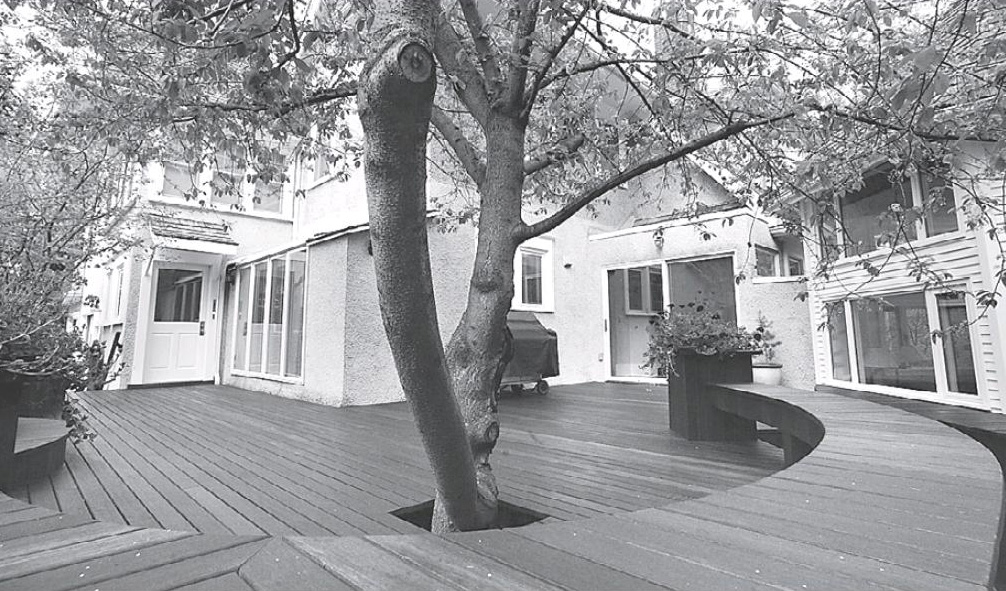Ozzie Jurock
Sun
REITs are like those books that everybody quotes but nobody has read. So, let’s just say that a Real Estate Investment Trust (REIT) is like a mutual fund that deals only in real estate investments. You put your money in a common pool with which properties are bought, sold and moved in and out by a fund manager. As an owner of shares in the REIT, you will get a proportional profit as share value appreciates.
Of course, you may have your proportional share of the losses also. However, shares of publicly traded REITs remain attractive to investors because they can offer great yields and receive favorable tax treatment. Plus, REITs are required to pay 90 per cent of their taxable income in dividends (after depreciation expense). They are RRSP and RRIF eligible investments and enjoy a level of liquidity unmatched by owning the underlying investments outright.
The history of real estate oriented mutual funds and REITS is quite checkered. In the mid-80’s, REITs experienced huge losses when business properties in certain cities went over the ‘cliff’. However since 1992 some of the trusts saw strong gains.
The essential difference between a REIT and owning the real estate outright is liquidity. REITS may invest in commercial or apartment block type properties. If x number of units are issued and traded on the stock exchange, they rise and fall with the market value of the properties in the trust. However, the REIT has no obligation to redeem the units. Just like any other stock market investment, the REIT holder sells it for whatever it will bring.
In Western Canada, REITs deep into the industrial sector may offer fine opportunity, plus those who have the capital muscle to be looking at offshore markets, like in the troubled US commercial real estate.
In 2006, when the federal government slapped a ‘Fair Tax Policy’ on Income Trusts, REITS were largely spared. As long as they met the requirement of the new trust rules: A REIT must maintain 95 per cent of its income from properties.
This has already caused some trusts that were close to the real estate market to rearrange into a pure real estate play.
Now, with another change in policy, the government has sweetened the outlook for REITS,
In December of last year, Ottawa announced “technical amendments” that removed limits on the amount of foreign property REITs can hold. The government said the changes will allow REITs to better compete internationally.
“Among the proposed amendments is the removal of the distinction between Canadian and foreign real and immovable properties in determining whether a trust is a real estate investment trust (REIT),” the government said in a release.
Formerly, a Canadian REIT had to receive 75 per cent of its income from properties in Canada. As well, 75 per cent of its physical property holdings had to be in the country. But now that regulation is history.
The definition ‘real estate investment trust’ has been amended to remove the distinction between Canadian and foreign properties, the December statement said. “The 75 per cent value and 75 per cent revenue tests . . . will continue to apply, but the geographic location of the real or immovable property will not be relevant.”
However, some Canadian REITs have or will be posting losses over the next few quarters, as they take a future tax charge to reflect Ottawa‘s income trust tax policy, which kicks in 2011. Certain REITs, particularly those with “operating” components such as senior care and hospitality REITs and some apartment REITS, may not qualify for the REIT exemption. Such trusts may need to restructure in order to meet the requirements of the exemption.
The opening of foreign ownership, however, is a major move, freeing REITs to play in the weakened U.S. market, for example.
THINGS TO REMEMBER WHEN
CONSIDERING REITS:
1. Buy for dividend yields and participation in capital gains;
2. Diversify by property type and geographic location for a reliable income stream;
3. There are many kind of REITs. Some REITs are structured to invest in apartment buildings, some in hotels, some in mini-storage units. Make sure the REIT you like to invest in has the required ‘operating income’ component (as above).
4. Look for staggered lease maturities and mortgage dates, and a stable tenant with potential for rent increases, re-development of properties, and future acquisitions;
5. Find out about the REIT’s management track record;
6. Investigate liquidity;
7. For above-average return, invest during a period of low interest and mortgage rates, with rising rents and falling vacancy rates.
THREE INHERENT REIT RISKS:
1. In a fast rising market, many REITs overpay and rely too much on future rent increases to make purchases pay off. The buildings owned by the trust may not generate enough cash flow to carry them.
Result: a drop in income.
Consequence: shares fall in value.
2. If the stock market slips, in general, REITs could slide down in tandem even if they have great assets. (That is happening in the US right now…
3. In order to control the maximum assets, REITs usually invest in highly-leveraged properties.
Result: could be…higher risk.
Consequence: the potential to lose a lot so check on debts carried by REITs…
Major Point:
Remember to look closely at the portfolio of your REIT and its contents to see just what kind of things they do with the money. Look even more carefully at the management and/or the principals’ previous performance.
© The Vancouver Sun 2008









